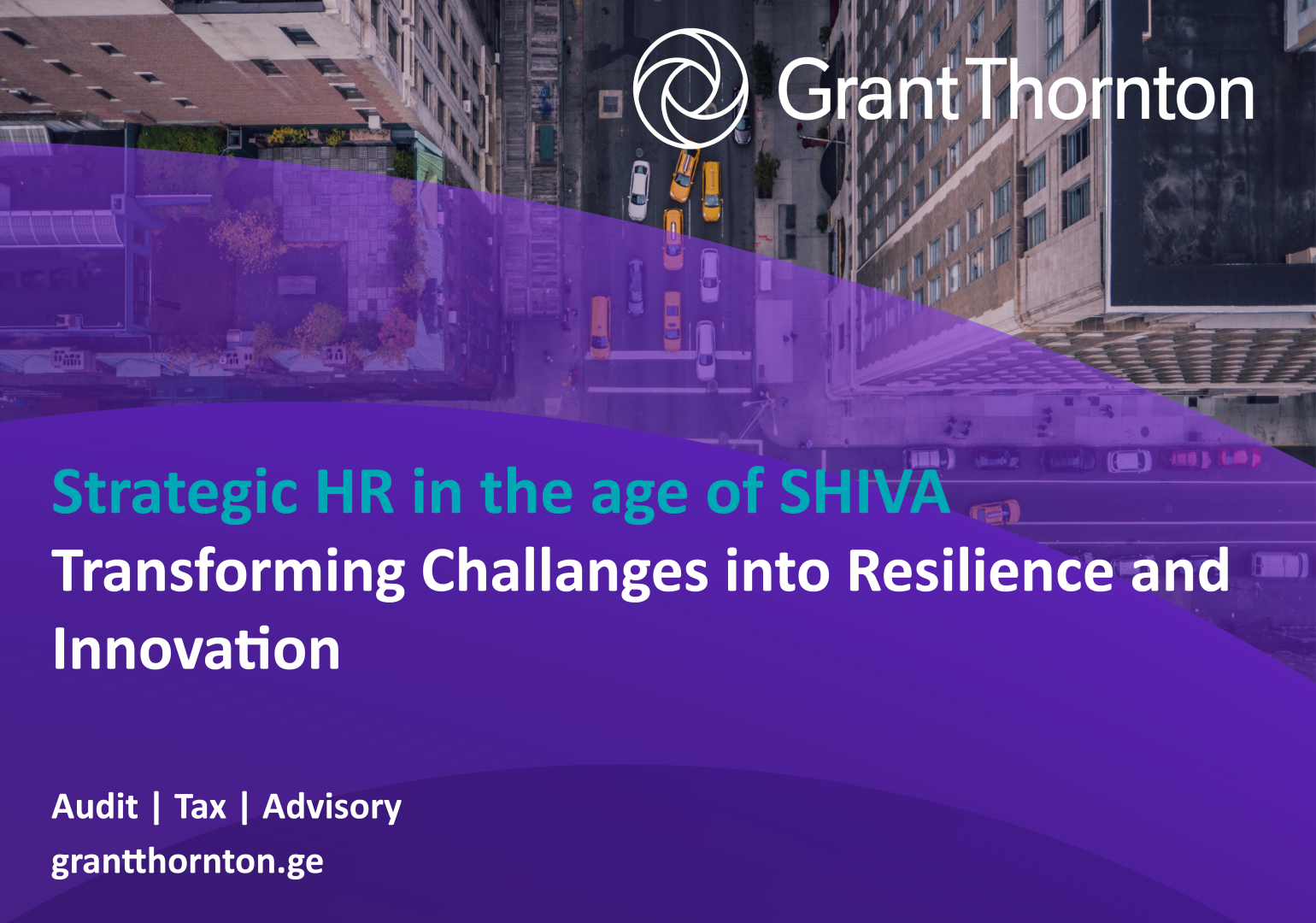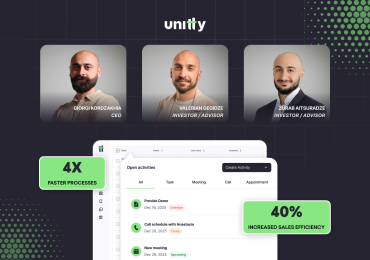21st-century business challenges and dynamic contexts require companies to find new solutions and strategies to ensure business growth and remain competitive in relevant markets. The current dynamic business environment necessitates a reevaluation of the role of human capital and HRM practices within organizations, by increasing their role in reaching strategic goals. To navigate these evolving challenges, it is also crucial for HR strategies to align with the specific characteristics of the modern world. As stated by Forbes understanding the frameworks of VUCA, BANI, and SHIVA helps in shaping HR practices that are responsive to these complex conditions. Each framework offers insights into different aspects of the business environment, guiding how HR can effectively address these issues. Let’s navigate through all the models in more details to see the transformation of Strategic HR in this context.
VUCA simply means Volatility, Uncertainty, Complexity and Ambiguity. These concepts are used to describe the unpredictability and changing nature of the business environment:
- Volatility is the degree of velocity and extent of change in the environment. This dictates that HR strategy in organizations should be based on flexible workforce management practices and agile teams to quickly respond to changes in market conditions.
- Uncertainty refers to unpredictability and the potential for unexpected events. HR strategies should aim to build resilience and provide continuous learning as ways to prepare workers for unknown challenges.
- Complexity presents inter-connectedness of factors from which the business suffers. HR should simplify processes and empower cross-functional collaboration to deal better with this complexity.
- Ambiguity reveals unclear relations between cause and effect. HR Strategies should target transparent communication of the framework on which decisions were based to avoid ambiguity and make it easier to lead the employees through the uncertain situations.
BANI stands for Brittle, Anxious, Nonlinear and Incomprehensible. This frame emphasizes the brittle and unpredictable nature of modern challenges:
- Brittle describes the state of systems that can collapse under pressure. HR strategies should focus on building resilient systems and backup plans to ensure continuity at all times of disruption.
- Anxious expresses a high level of stress among employees. More attention from HR has been paid to mental health support and fostering a positive, supportive work environment, reducing anxiety.
- Nonlinear suggests that small changes at one end can have enormous impacts at the other. HR practices should include agile methodologies and scenario planning to respond to nonlinear challenges more effectively.
- Incomprehensible refers to challenges in understanding complex systems. HR should foster continuous learning and support diverse perspectives to help respond to those challenges.
SHIVA stands for Split, Horrible, Inconceivable, Vicious, and Arising. This model illustrates the intensity and multi-faceted nature of contemporary business challenges:
- Split refers to divisions and fragmentation in organizations. HR should focus on developing one culture and improving communication to integrate different parts of the organization.
- Horrible describes extreme negative conditions. HR should have crisis management plans and support systems in place to handle and reduce the impact of the ‘horrible’.
- Inconceivable refers to events that come as a surprise. The strategy for HR should include scenario planning and the creation of a culture of innovation that anticipates and plans for the for unforeseen challenges.
- Vicious refers to aggressive and harmful market pressures. HR should consider the competitive analysis and develop mechanisms for conflict resolution in dealing with such pressures.
- Arising highlights the emergence of new issues. HR should proactively identify and address emerging issues through agile practices and stakeholder engagement.
During VUCA times, HR focused on developing flexible workforce management and agile teams to adapt quickly to rapid changes and uncertainties. During BANI times, HR focused more on building resilience, providing mental health support, and establishing robust systems for dealing with fragility and anxiety. Now, during SHIVA times, HR focuses on a united culture, enhanced crisis management capabilities, and innovating and adopting proactive strategies through innovation to prepare for extreme, complex, and tough challenges.
So, in the context of SHIVA times, HR strategies require a paradigm shift to match their very extremity and complexity of modern business challenges. Organizations need to cultivate resilience, agility, and innovation while maintaining clear communication and supportive practices. By adjusting its HR functions to the requirements of SHIVA times, an organization could give itself a better chance of effectively dealing with fragmented, extreme, inconceivable, aggressive, and emerging challenges for sustained growth and competitive advantage in the dynamic world today.
In SHIVA world, traditional HR methods are not that effective as new challenges are more fragmented, unprecedented and somehow extreme. This brings the need of HR to be transformed more into strategic functions to promote proactive thinking and innovation.
A brief strategy for SHIVA times can have five main directions:
- Integration – design of a strong organizational culture which has to overcome internal challenges and support to an atmosphere of unity.
- Preparedness – this is more about having crisis response mechanisms to different possible scenarios.
- Foresight – this means fostering an innovation culture to face those scenarios and challenges.
- Resilience – employee and team level endurance should be strengthened by HR for addressing of external dynamic changes.
- Agility – HR should be more focused on stakeholder engagement and adaptive HR practices which can be done through identification of emerging trends and challenges.
Organizations can better adapt to SHIVA reality by integrating those directions into HR strategies.
Author:
Lilit Gevorgyan,
Human Capital Advisory Director
Grant Thornton Armenia











